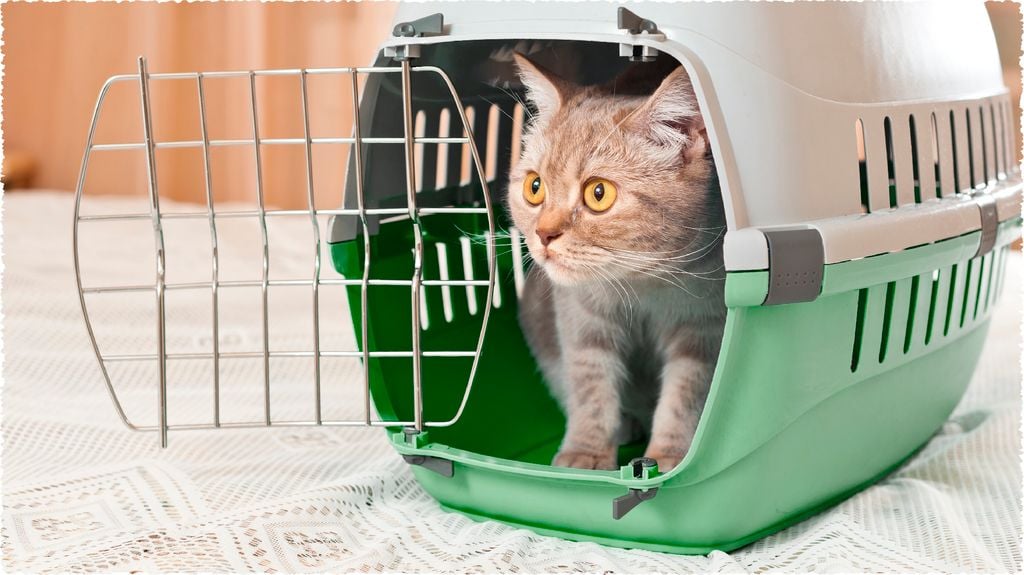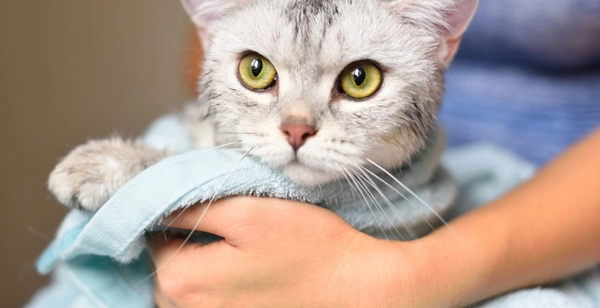How to Make Pets Closer to Us: Strengthening the Bond with Your Furry Friend
Building a close, trusting relationship with your pet is one of the most rewarding experiences. Pets not only provide companionship but also offer unconditional love and support. However, to create a strong bond, it takes time, patience, and understanding. Whether you have a dog, cat, or any other pet, fostering a closer relationship with them involves more than just providing food and shelter. In this article, we will explore effective strategies and tips on how to make pets closer to us, ensuring a happier and healthier connection with our beloved companions.
1. Spend Quality Time Together
One of the fundamental ways to build a strong bond with your pet is by spending quality time with them. Pets, especially dogs and cats, thrive on attention and interaction with their owners. Whether it’s playing, grooming, or simply sitting together, these moments of connection are vital for emotional bonding.
Tips for spending quality time with your pet:
- Play with them regularly: Dogs love games like fetch, tug-of-war, and hide-and-seek. For cats, interactive toys such as laser pointers or feather wands can be a fun way to engage them.
- Exercise together: Regular walks or runs with your dog not only benefit their health but also strengthen your bond.
- Cuddle time: Cats and dogs both appreciate cuddles, so make time to sit with them and offer physical affection.
- Learn their preferences: Pay attention to how your pet likes to spend time with you. Some pets may enjoy interactive play, while others prefer more relaxed activities like lying on the couch together.
2. Understand Their Body Language

Pets communicate primarily through body language, and understanding these cues is essential for building a deeper relationship. By interpreting their behavior correctly, you can respond appropriately and avoid misunderstandings. For instance, a wagging tail in dogs often signifies excitement or happiness, while a cat’s slow blink is a sign of trust and affection.
Key body language signals to watch for:
- Dogs: A relaxed body posture, wagging tail, and soft eyes indicate a happy and comfortable dog. Conversely, a tense body and raised hackles may signal fear or aggression.
- Cats: A cat that purrs, has a relaxed tail, and slow blinks is expressing affection and trust. On the other hand, a cat with an arched back or puffed-up tail may be feeling threatened or stressed.
- Other pets: Observe other subtle behaviors, such as the way they move towards or away from you, to gauge their comfort level.
By paying attention to these cues, you can adjust your behavior to make your pet feel more secure and connected to you.
3. Create a Safe and Comfortable Environment
A comfortable environment is key to your pet feeling at ease. Just like humans, pets need a space where they feel secure and can relax. Creating such an environment involves meeting their physical and emotional needs.
Tips for creating a safe environment:
- Provide a cozy resting area: Ensure your pet has a comfortable space to sleep, whether it’s a soft bed for dogs, a cozy perch for cats, or a secure cage for small pets like rabbits and guinea pigs.
- Establish a routine: Pets thrive on routine, and having consistent meal times, playtimes, and bedtime helps them feel secure.
- Avoid loud noises or sudden changes: Pets can get anxious or stressed with sudden changes in their environment. Try to minimize disruptions and provide a calm atmosphere for them.
4. Be Consistent with Training
Training plays an essential role in strengthening your bond with your pet. Positive reinforcement training helps pets understand your expectations and feel more confident in their interactions with you. For dogs, basic commands like sit, stay, and come are foundational to good behavior, while cats can also be trained to respond to certain cues with patience and practice.
Benefits of training:
- Builds trust: Consistent training helps your pet understand that you are a reliable source of guidance.
- Improves communication: Training allows for clearer communication between you and your pet, reducing confusion and frustration.
- Enhances the bond: The time spent working together during training strengthens your relationship.
Make sure to use positive reinforcement methods, such as treats and praise, to motivate your pet and avoid punishment, which can lead to fear or anxiety.
5. Provide Mental and Physical Stimulation
A mentally and physically stimulated pet is a happy and well-adjusted pet. Pets need to exercise their minds and bodies to stay healthy, and when they’re engaged, they’re more likely to bond with you.
Ways to stimulate your pet:
- Interactive toys: Toys that require problem-solving, such as puzzle feeders or treat-dispensing toys, engage your pet’s brain and provide enrichment.
- Training sessions: Regular training sessions not only improve behavior but also offer mental stimulation for your pet.
- Physical activity: Regular walks, runs, or playtime help expend energy and keep your pet in good health.
Ensuring your pet is physically and mentally stimulated helps prevent behavioral problems and keeps them happy, which in turn strengthens the connection between you.
6. Practice Positive Reinforcement

Positive reinforcement is a crucial tool in developing a stronger relationship with your pet. Rewarding your pet for good behavior encourages them to repeat those actions and helps them associate you with positive experiences.
How to use positive reinforcement effectively:
- Use treats: Offer treats as rewards for desired behavior. This helps your pet associate positive actions with pleasant outcomes.
- Offer praise: Verbal praise and physical affection (like petting or cuddling) can also be a form of positive reinforcement.
- Be consistent: Consistency is key when using positive reinforcement. Reward your pet immediately after they display the behavior you want to encourage.
This method helps create a positive connection, making your pet more eager to spend time with you and learn new behaviors.
7. Respect Their Space and Boundaries
It’s essential to respect your pet’s personal space and boundaries. While some pets love to be the center of attention, others may need time to themselves, especially if they’re feeling stressed or overwhelmed. Forcing interaction can damage your bond and cause your pet to feel anxious.
Tips for respecting your pet’s boundaries:
- Observe their signals: If your pet retreats to a corner or turns away from you, it may be asking for some alone time.
- Don’t force cuddling: Let your pet approach you on their terms. Not all pets enjoy being held or cuddled.
- Allow for quiet time: Give your pet the opportunity to relax without constant interaction, especially after a busy or stressful day.
By respecting their boundaries, you help build trust and ensure that your pet feels comfortable and safe in your presence.
8. Offer Regular Veterinary Care
Routine vet visits are essential for your pet’s overall well-being. Ensuring that your pet is in good health directly impacts their ability to bond with you. A healthy pet is more likely to engage with you and maintain a positive, loving relationship.
Key health aspects to consider:
- Routine check-ups: Regular vet visits help identify health issues early, ensuring your pet remains healthy and happy.
- Vaccinations and preventive care: Keep up with vaccinations, flea and tick treatments, and dental care to prevent illnesses that may affect your pet’s behavior and well-being.
- Healthy diet: A well-balanced, nutritious diet is essential for your pet’s health, energy levels, and overall happiness.
When your pet feels physically well, it’s easier to nurture a closer emotional connection.
9. Create Positive Associations with You
The more your pet associates you with positive experiences, the closer the bond will grow. Whether it’s through treats, play, or affection, creating positive associations helps your pet feel comfortable, safe, and happy in your presence.
Ideas for creating positive associations:
- Offer treats when your pet approaches you or follows commands.
- Use your voice: Speak to your pet in a calm and friendly tone to make them feel safe.
- Engage in activities they enjoy: If your pet loves a specific toy or game, use that to engage them and make spending time with you a rewarding experience.
Conclusion
Building a close relationship with your pet is a rewarding experience that requires patience, understanding, and effort. By spending quality time together, understanding their needs and body language, and offering consistent training and positive reinforcement, you can foster a deep bond with your furry friend. Creating a safe and comfortable environment, respecting their space, and providing regular veterinary care are all crucial aspects of nurturing a closer connection with your pet. Remember, a happy, healthy pet is more likely to form a lasting bond with you, making your companionship all the more fulfilling.
By following these tips and continuously engaging with your pet in positive ways, you can build a lasting and meaningful relationship that will enrich both your lives for years to come.
Read more:

